|
While known since antiquity as one of the six simple machines, and having been used for transportation for nearly 8000 years, the wheel is not considered primitive when it comes to the current definition of mechanized transport, According to the fountain of accuracy known as Wikipedia, the first known wheel was somewhere around 6000 BC, around the same time as the first skis and predating the domestication of the horse. The first wheeled vehicles coincide with the horses around 4500 BC. Chariots in ancient Egypt had spokes and rudimentary tires. By the time chariots reached China, they had up to 28 spokes. Early hand cart 2000 BC Indus Valley Lewis and Clark at the Great Falls Portage. ...as the distance was too great to think of transporting the canoes and baggage on the men's shoulders, we scelected six men, and ordered them to look out some timber this evening, and early in the morning to set about making a parsel of truck wheels in order to convey our canoes and baggage over the portage. it maybe here worthy of remark that the Sales were hois[t]ed in the Canoes as the men were drawing them and the wind was great relief to them being Sufficently Strong to move the Canoes on the Trucks, this is Saleing on Dry land in every Sence of the word. The Lewis and Clark expedition would be considered mechanized under the current Forest Service definition. Bot the wheels and sail would qualify. Velocipede, the original strider 1820. Also known as the dandy horse. Originally created in Germany after a large number of horses died in a famine. Mormon handcart circa 1855. A visit to Yellowstone in 1896. Buffalo Soldiers travelled from Missoula to St Louis by bike in 1897. Mechanized cavalry between the world wars. Considering that wheels have been around since prehistoric times they can hardly be considered a modern invention. Few people would consider Egypt during the times of the of pyramids mechanized. Similarly few people would consider the Lewis and Clark expeditionor the western migration of the mormons mechanized, Mechanized has a more modern 20th century connotation. So was there a new innovation in the early 20th century that could be considered a mechanized threat to wilderness. Maybe the first issue of the Living Wilderness, the magazine of the Wilderness Society can provide some insight.
"Ten years of warfare in Congress have saved the National Park Service from water power and irrigation, but left the primitive decimated elsewhere. what little of it is left is passing before a popular craze and an administrative fashion. The craze is to build all of the highways possible everywhere while billions may yet be borrowed form the unlock future. The fashion is the barber and manicure wild America as smartly as the modern girl. Our duty is clear." Looking at the inaugural issue of the Wilderness Society's magazine make it clear it is not wheels that are threatening wilderness; rather it is cars and their associated infrastructure that they take issue with, not riding bikes on un-manicured wild trails.
1 Comment
|
AuthorLance Pysher Archives
September 2017
CategoriesInstagram |
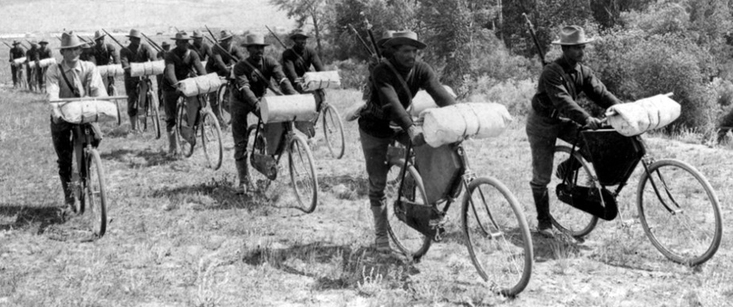
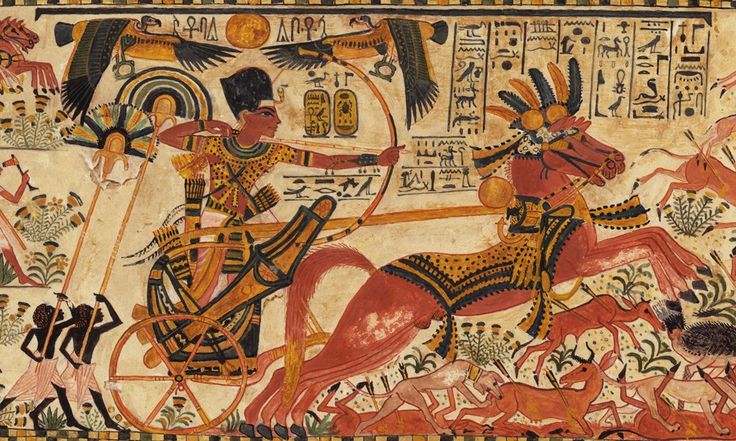
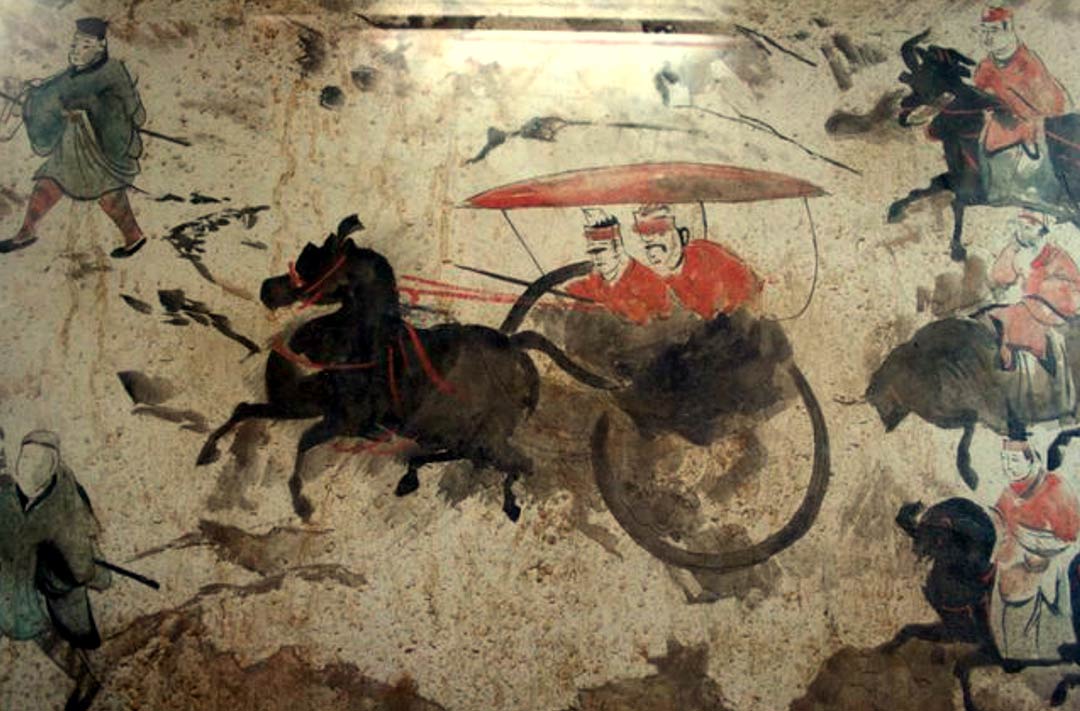
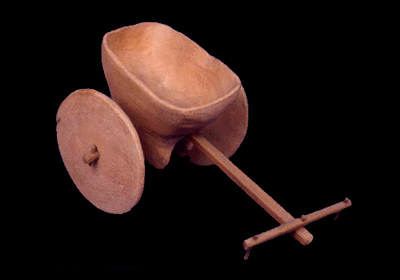
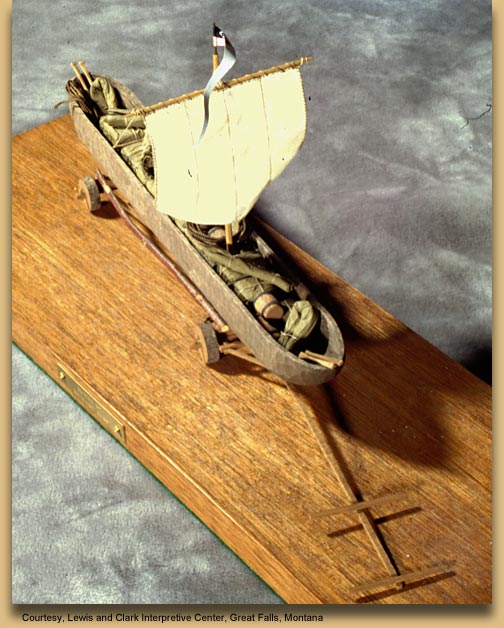
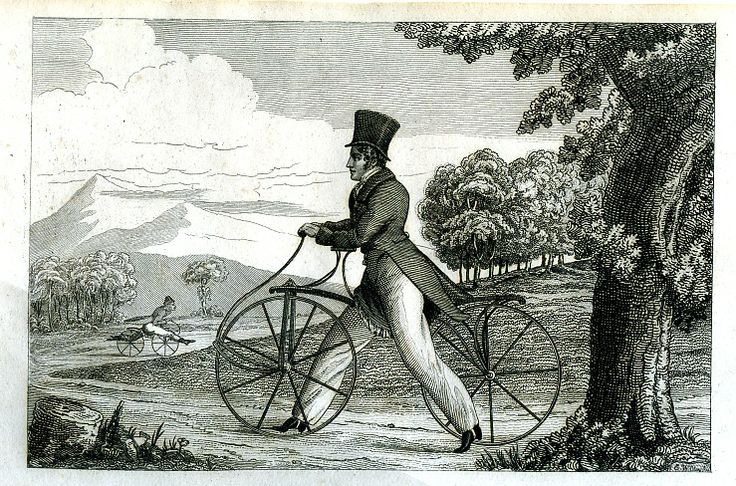
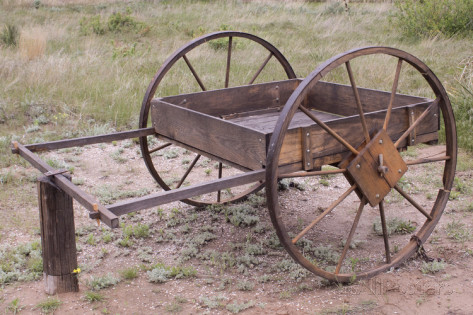
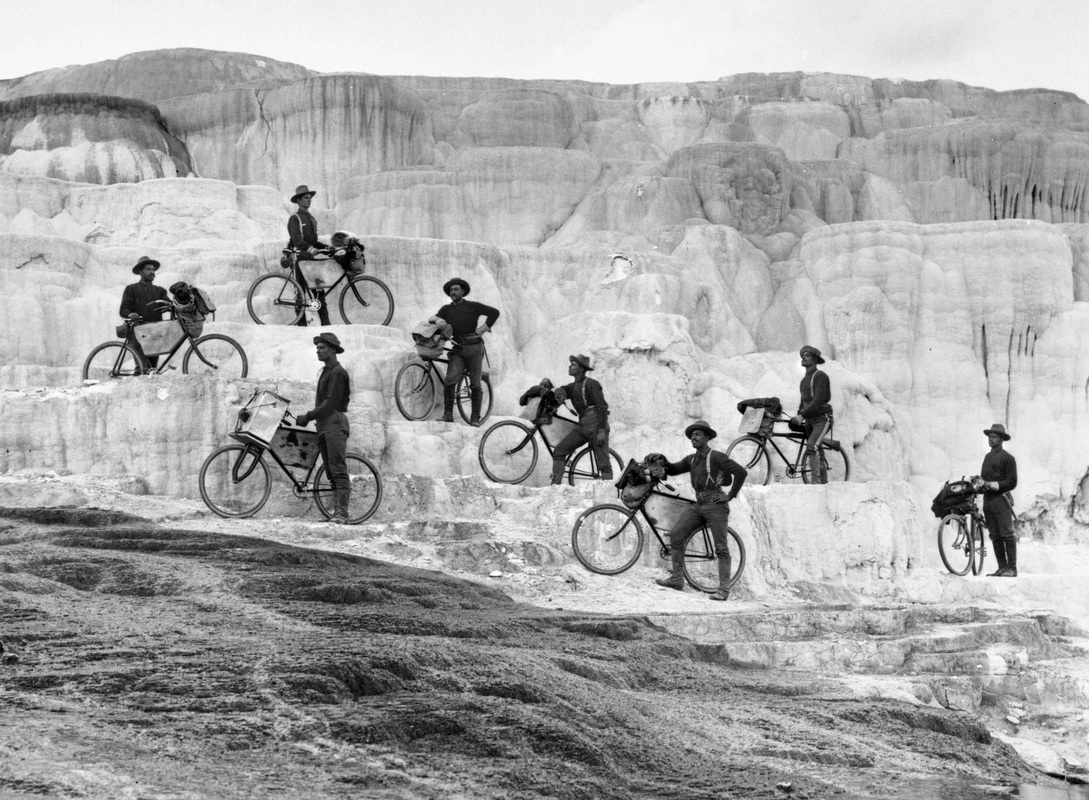
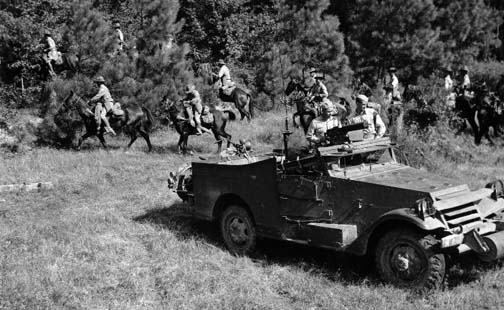
 RSS Feed
RSS Feed